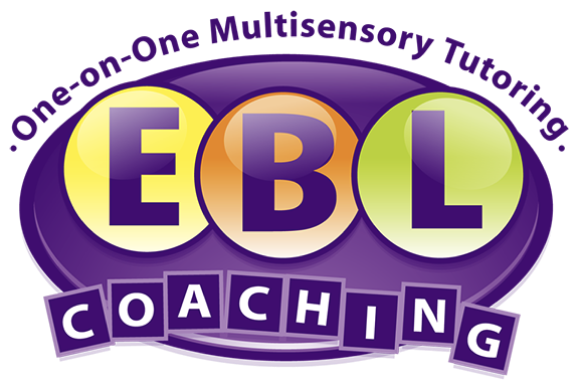
Tips for Helping Your Child With Autism Improve Their School Performance by Dr. Emily Levy, Founder & Director, EBL Coaching
Originally published on the motherhoodlater.com website

Excelling in school can be challenging for students with autism. They often have language, communication, social, and sometimes behavioral difficulties. As a parent, you want your child to do well academically and meet their full potential, but you may not be sure what to do. Try some of the ideas below to help your child with autism thrive in school.
Create a Visual Schedule
Children with autism tend to respond well to visual schedules, which help them anticipate the plan for the day. Create a visual schedule for your child on a poster board, starting with the time they wake up. You might list all of the items they need to do in the morning, such as: get dressed, brush their teeth, eat breakfast, and pack their backpacks. Try drawing or printing a picture describing each item and place it next to the item on the list. If it’s helpful, you can add checkboxes for each day of the week where your child checks off each item as they complete it. Create a similar schedule for after-school activities, like: eat a snack, complete homework, take a shower, have dinner, and get ready for bed – with corresponding pictures. The more structure and order you can bring to your child’s day, the better!
Set Routines
Students with autism tend to thrive on routines. Set up a morning and after-school routine for your child that is consistent each day. For example, you might arrange a study space in their room or on a designated table where they complete their homework regularly. When they come home from school each day, direct them to this study space. Help them look in their assignment book or online school portal to gauge which assignments they need to complete, then encourage them to come up with an order for completing them. Perhaps they will complete their math homework first, followed by English, and then science. Maybe set a designated time frame during which they will complete their homework; for instance, they might work for 20 minutes, then take a 5-minute break, and so on, until their work is complete. After they finish their homework, perhaps they can have a 30-minute athletic or relaxation break before going to an activity, having dinner, and getting ready for bed. Structured routines tend to work well for students with autism.
Advocate for Your Child
Parents are usually their child’s best advocate. At the start of the school year, set up a meeting with your child’s teacher and service providers, including their tutor, speech-language therapist, occupational therapist, and other related providers. Make sure the teacher and therapists review your child’s IEP (if they have one) and tell them strategies that have or haven’t worked for your child in the past. Set up a plan for communicating with each team member – via email, phone calls, or even in-person check-ins – to make sure your child is receiving the appropriate services and is continuing to show improvements. If your child plateaus or isn’t progressing, discuss with the team changes that can be made, like more frequent specialized tutoring or speech-language therapy sessions, in order to help them continue to grow. Keep in mind that your child may do well one school year only to find that the following year (or even partially through a given year), they start to struggle. Always stay on top of how your child is doing and make sure they are consistently receiving the appropriate support services.
Build Stronger Reading Comprehension Skills
Many students with autism have strong decoding skills; they can sound out words well when reading but struggle to comprehend the material. Teaching your child with autism strategies for improving their comprehension skills can be very helpful. Try helping them learn to visualize information that they read, as follows:
Read a story out loud to them, one sentence at a time. Stop after the sentence and tell them to form an image of the information they heard, then ask them questions about it. For example, the first line of a story might be: One evening Jack came home and knocked on the door. Ask your child to form an image of this line, then ask questions like, “How old do you think Jack is? What color hair does he have? Is he tall or short? Is it raining out or clear? Is the house old or new? What color is the door?” By asking these types of questions, you are helping your child form a clear image of the story in their minds. Follow this same process for each line of the story until you finish it, then ask your child to retell the story in their own words, including all of the visual details they added and can recall. You can even have them draw a picture of the image they formed in their mind for each line of the story, and they can later apply this same visualizing strategy to passages they read to themselves. Learning to visualize can help improve your child’s overall comprehension and language skills.
To further develop your child’s reading comprehension skills, teach them a tri-colored highlighting strategy. Explain to them that when we read, there are three elements we should look for: the first is the topic, which is one, two, or three words describing the passage (like rainbows or dinosaurs). They should highlight the topic in blue. The second element to look for is the main idea, which is what the author is saying about the topic. For example, if the topic is dinosaurs, the main idea might be: There were many different types of dinosaurs. They should highlight the main idea in green. Finally, your child should go through the passage and highlight the important details in yellow. This highlighting strategy teaches them to be more active, rather than passive, readers, and can help them improve their overall reading comprehension skills.
Students with autism may often struggle in school, but they also have a lot of potential. Try some of these ideas at home to help your child build stronger academic skills and confidence and help them thrive in school.
